At Murphy & Dittenhafer Architects, there is a deep-rooted belief in the power of combining history and adaptive reuse with creativity.
It’s a design philosophy that has led Murphy & Dittenhafer Architects to undertake numerous projects to breathe new life into existing structures, which often have historical significance. By respecting the authenticity of these buildings while infusing them with innovative elements, M&D creates engaging and inspiring spaces that surpass functional expectations.
For Architect and M&D President Frank Dittenhafer, FAIA, LEED AP, the focus always has been on projects that embrace existing structures as starting points for new uses or additions.
“I always felt that authenticity is very important,” Dittenhafer says. “Let’s not make something new look old. The combination of new expression, new interventions, different materials, in combination with restored materials, is the richest type of project or experience that can be occupied.”
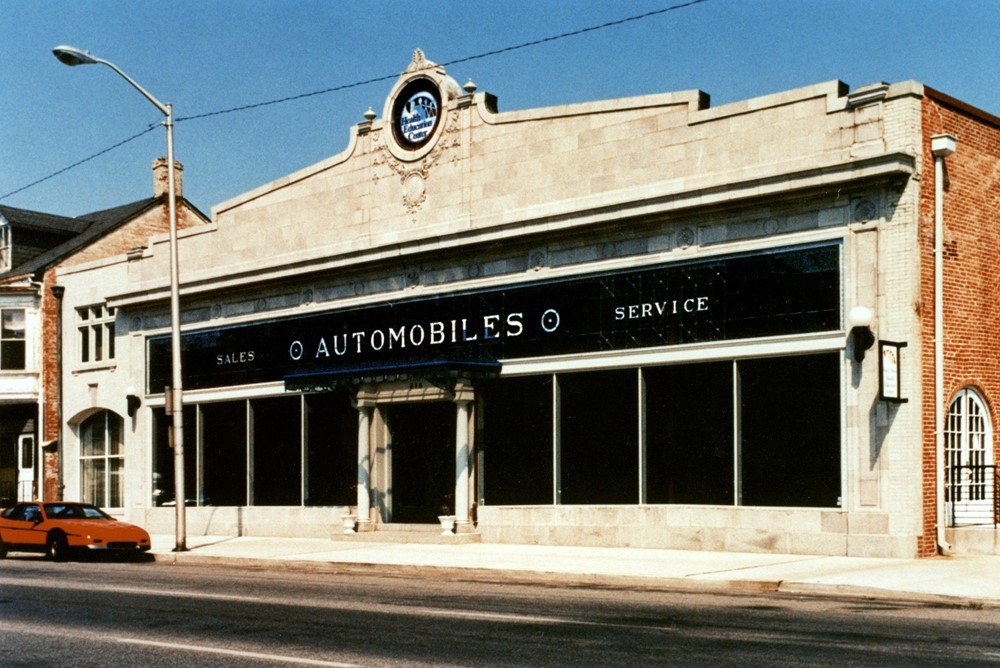
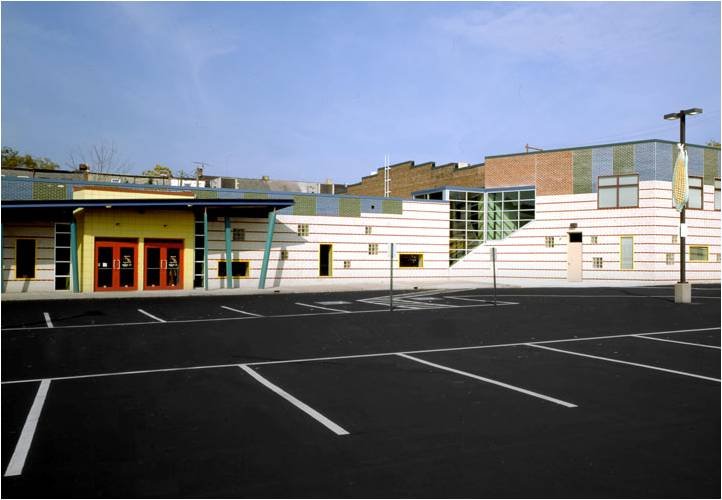
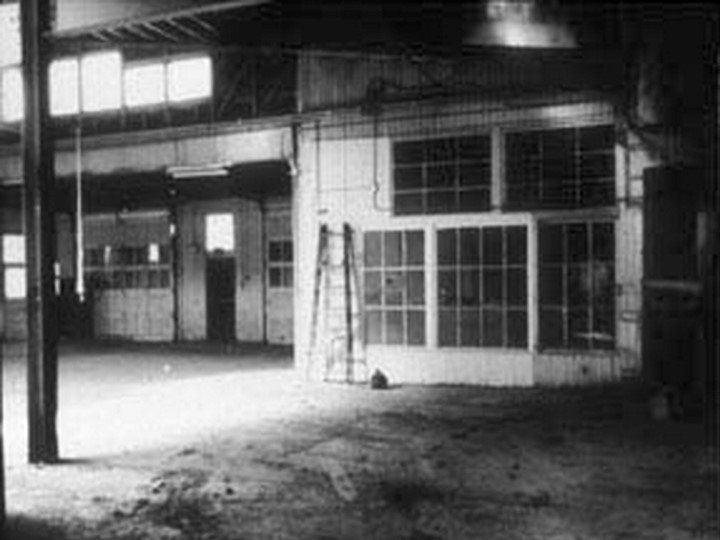
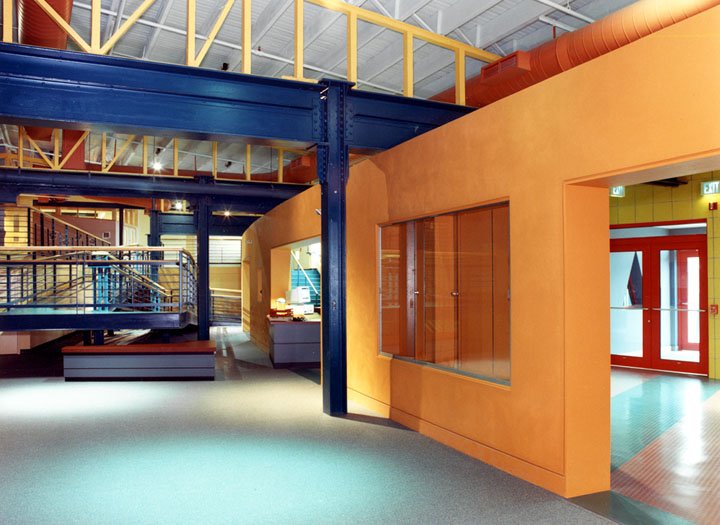
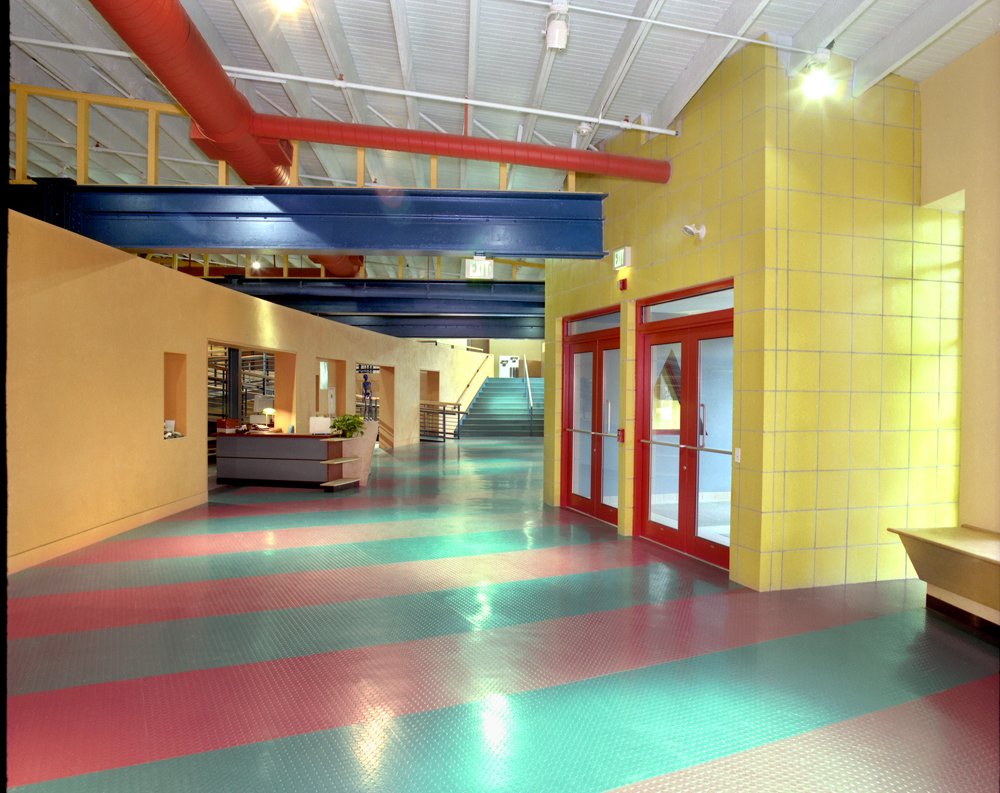
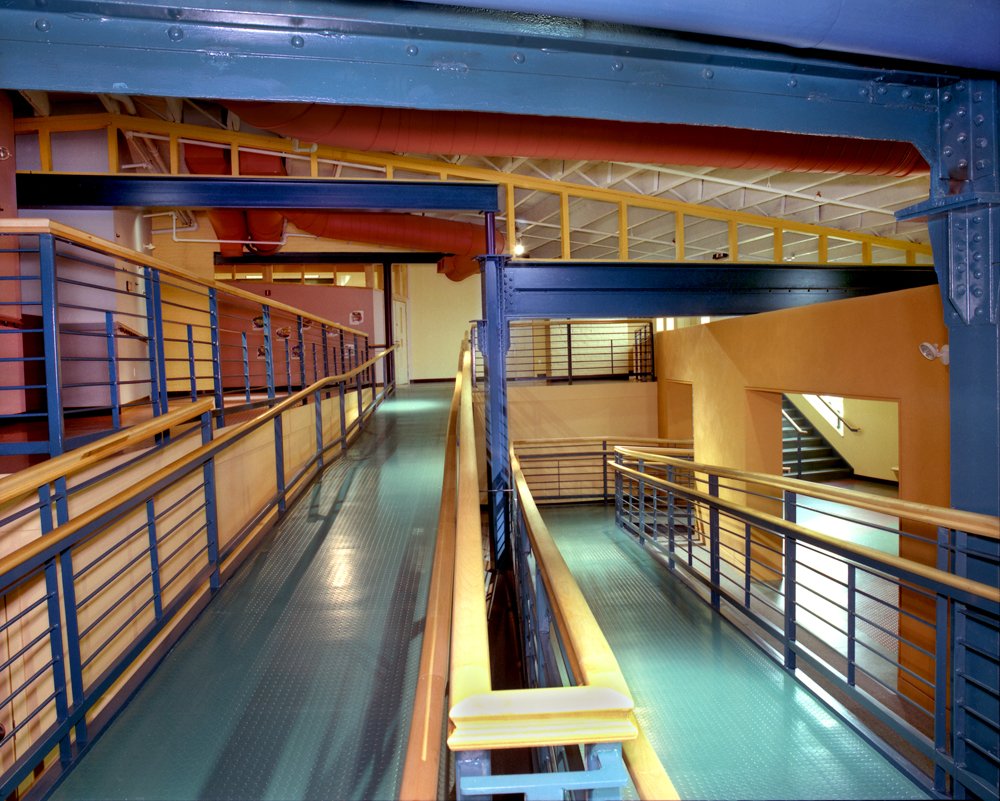
Honoring the past while embracing the future
One notable project that showcases this philosophy is the Susan Byrnes Health Education Center in York. Housed in a 1923 former car dealership, the center was transformed into an engaging and inspirational space for health education. While the showroom was restored to its former glory, the adjacent concrete structure underwent a creative renovation, incorporating vibrant teaching theaters, colorful painted steel beams and columns and an exuberant ramp, resulting in a unique adaptive reuse project.
Like us on Facebook!
Another area in which M&D has incorporated its philosophy of creativity and adaptive reuse is the transformation of vintage college buildings. By reimagining these often-overlooked structures, such as Lanham Hall at Prince George's Community College in Largo, Maryland, the firm gives a new lease on life to aging educational institutions through creative renovations and unique additions.
These projects nearly always involve enhancing the flow of human traffic, introducing natural light, and adding modern elements while maintaining the historic fabric of the building, resulting in spaces that are cherished and celebrated by students and faculty alike.
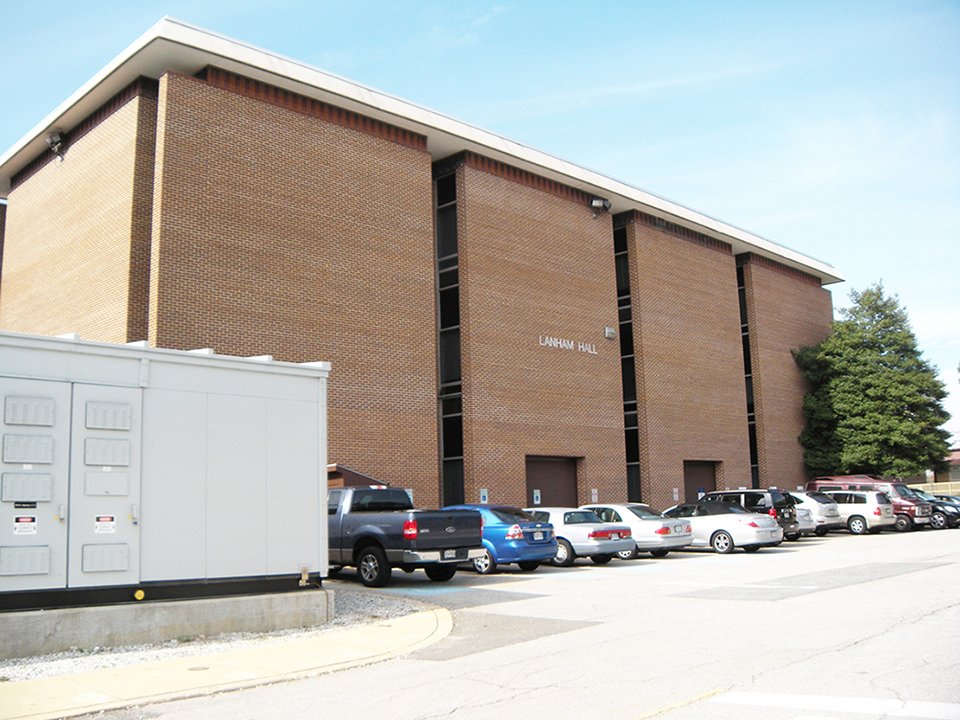
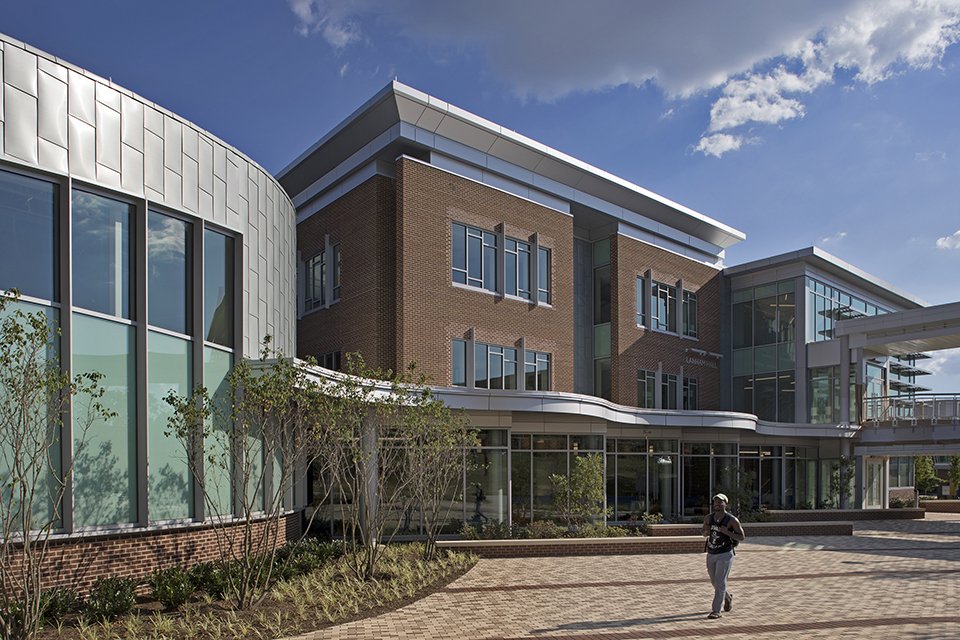
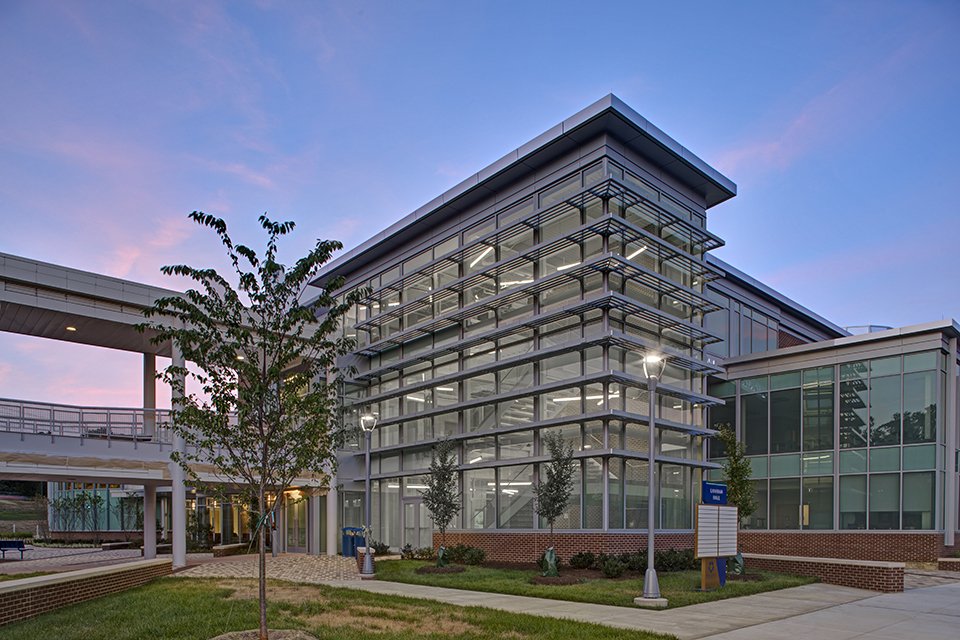
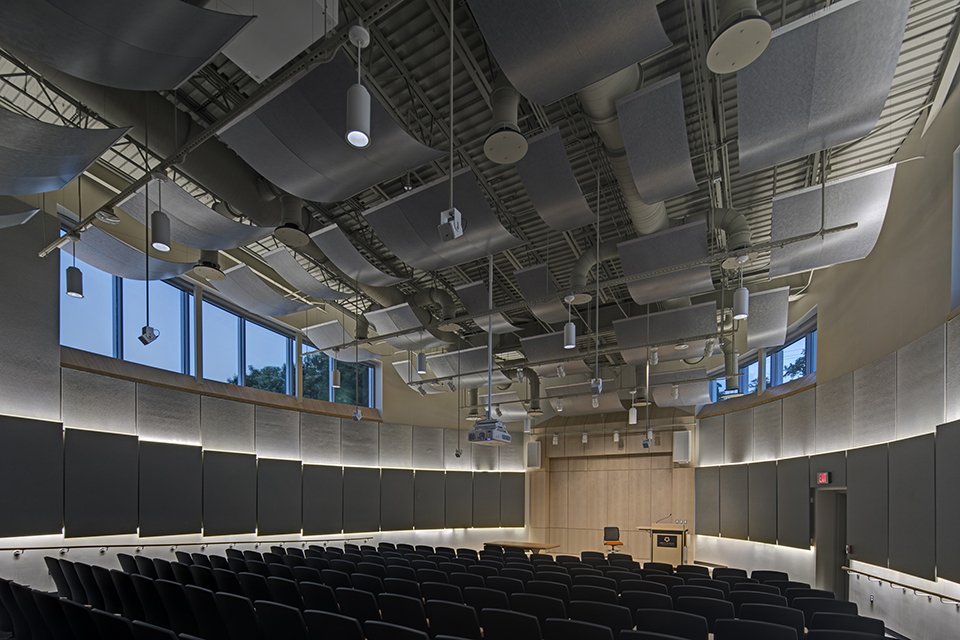
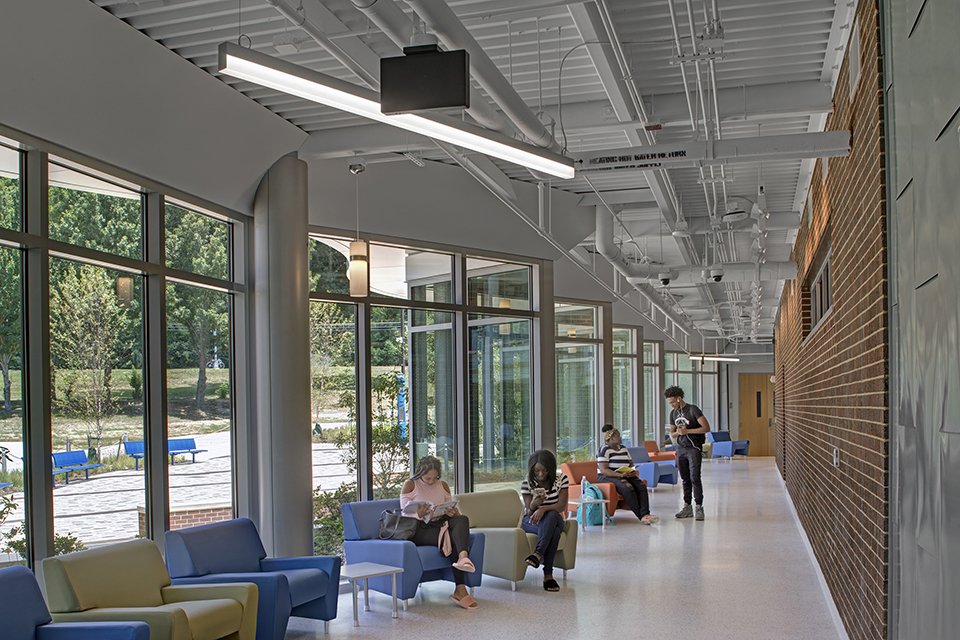
Understanding significance and maintaining integrity
A distinguishing aspect of M&D’s philosophy is the emphasis on understanding the significance of each building and maintaining its integrity. The aim is not merely to preserve history but to celebrate and enhance it, Dittenhafer says. By identifying the elements of a structure that hold historical value and carefully integrating additions, the firm achieves a harmonious balance between the old and the new.
“That doesn’t mean you can’t install a new entry or elevator,” Dittenhafer says, “but how do you interweave new with older fabric or existing significant elements and maintain authenticity?”
This philosophy is beautifully exemplified in projects such as Hanover Junction and Wallace-Cross Mill in York County, where the exteriors of historic buildings were restored and reconstructed, while the interiors were adapted to serve new purposes. By embracing this layered approach, M&D has become renowned for its ability to reinvigorate historic spaces.
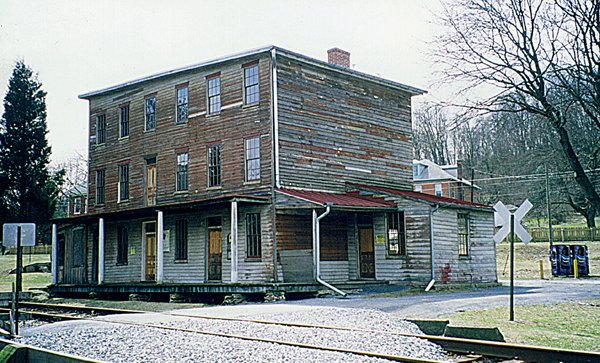
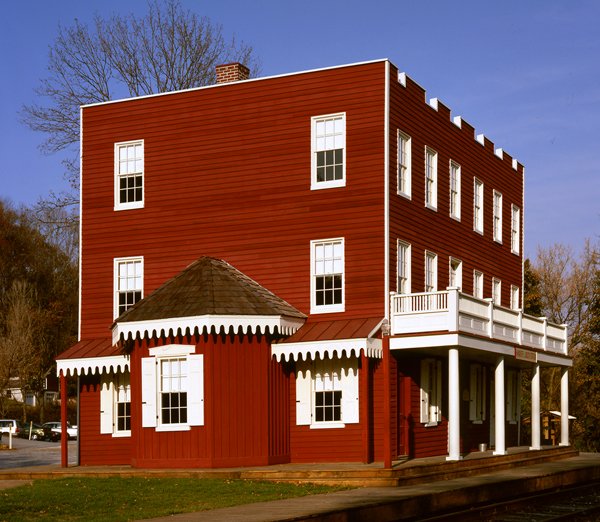
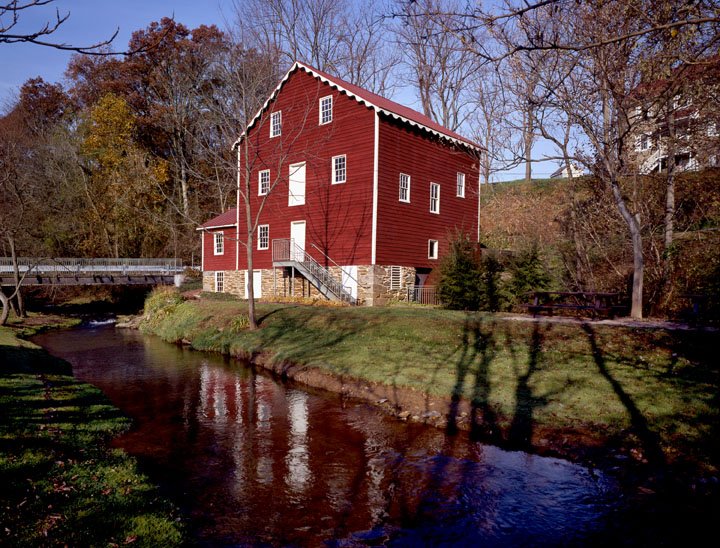
Going beyond basic renovation
What sets M&D apart from other firms is its commitment to going beyond basic renovation. The Architects are not content with simply meeting functional requirements. Instead, they strive to create engaging and inspiring environments that leave a lasting impact on users. While adhering to code and functionality, M&D places equal importance on the experiential, poetic, tactile, and visual aspects of Architecture.
Dittenhafer firmly believes that the true measure of a project's success lies in people's desire to spend time in the space. It's not about winning design awards, but about creating an emotional connection with the community. M&D achieves this many times by incorporating community art components, allowing the projects to resonate with the people who experience and use them.
The impact of M&D’s projects on communities has been overwhelmingly positive. The designs often exceed expectations, going beyond functional requirements to create spaces that inspire and engage. The firm's designs have the power to transform neighborhoods and give new life to forgotten or unappreciated buildings occupying critical locations in cities, towns and campuses.
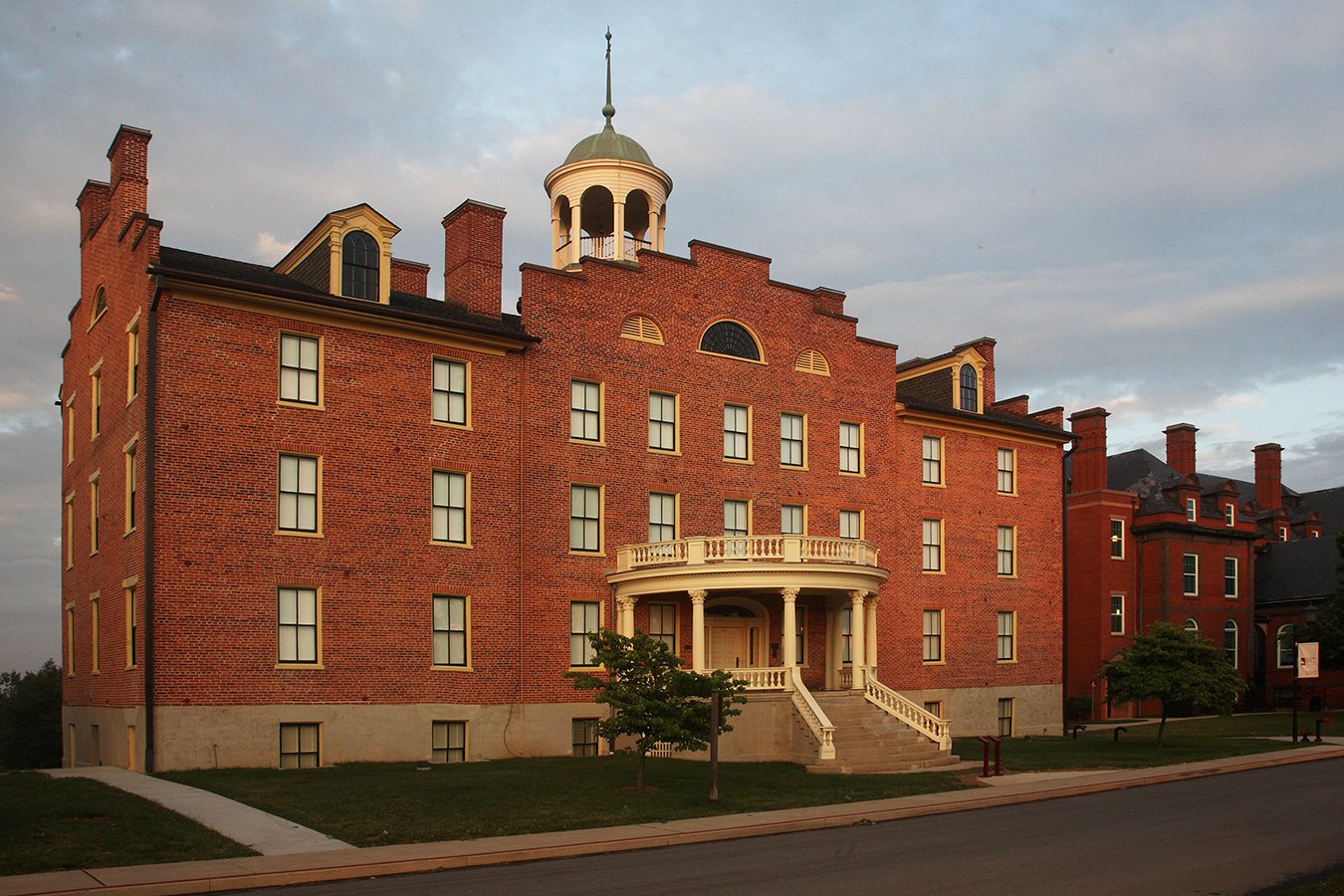
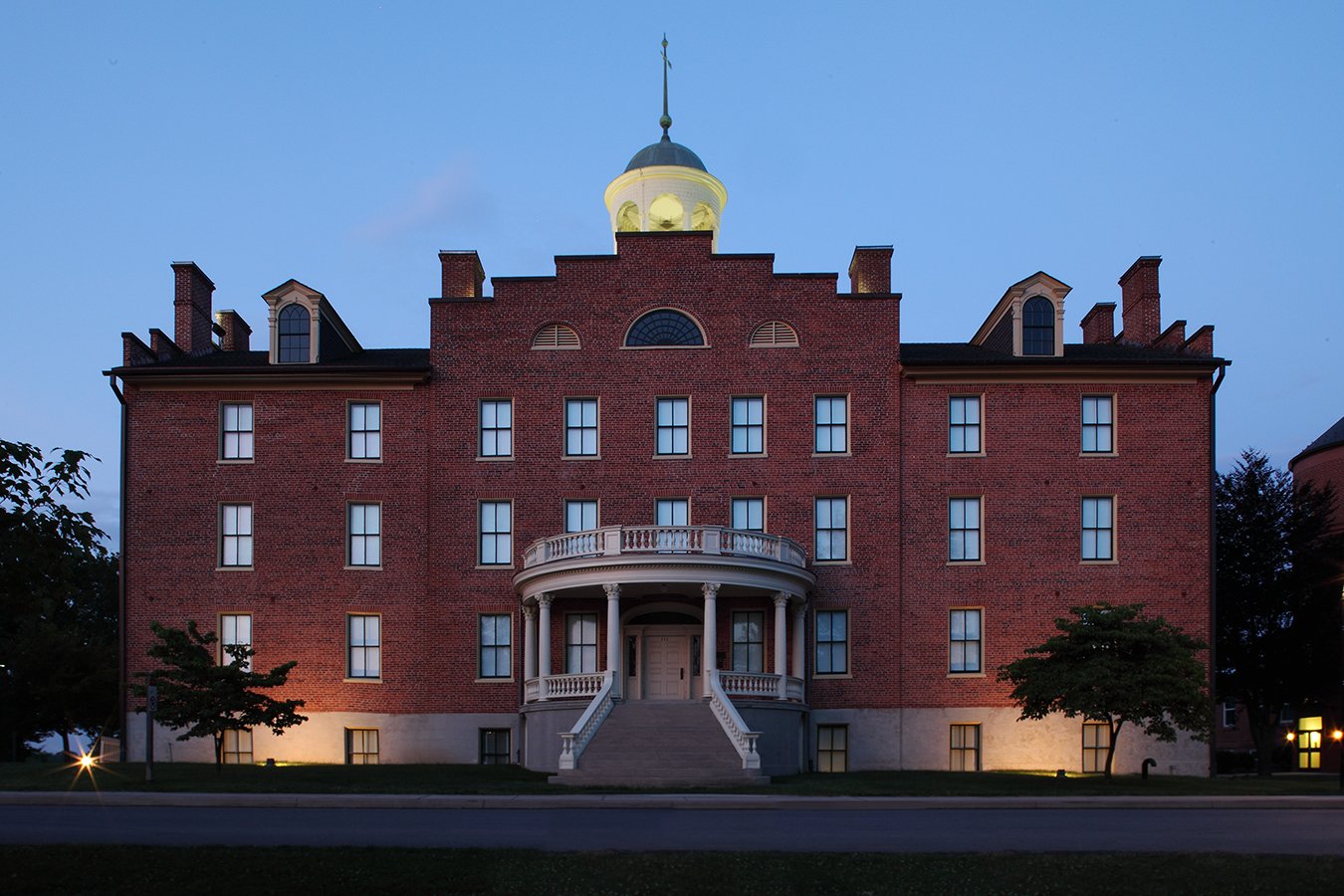
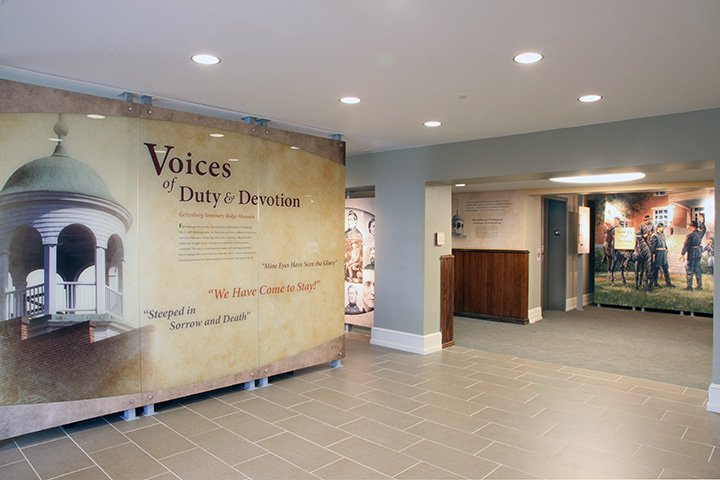
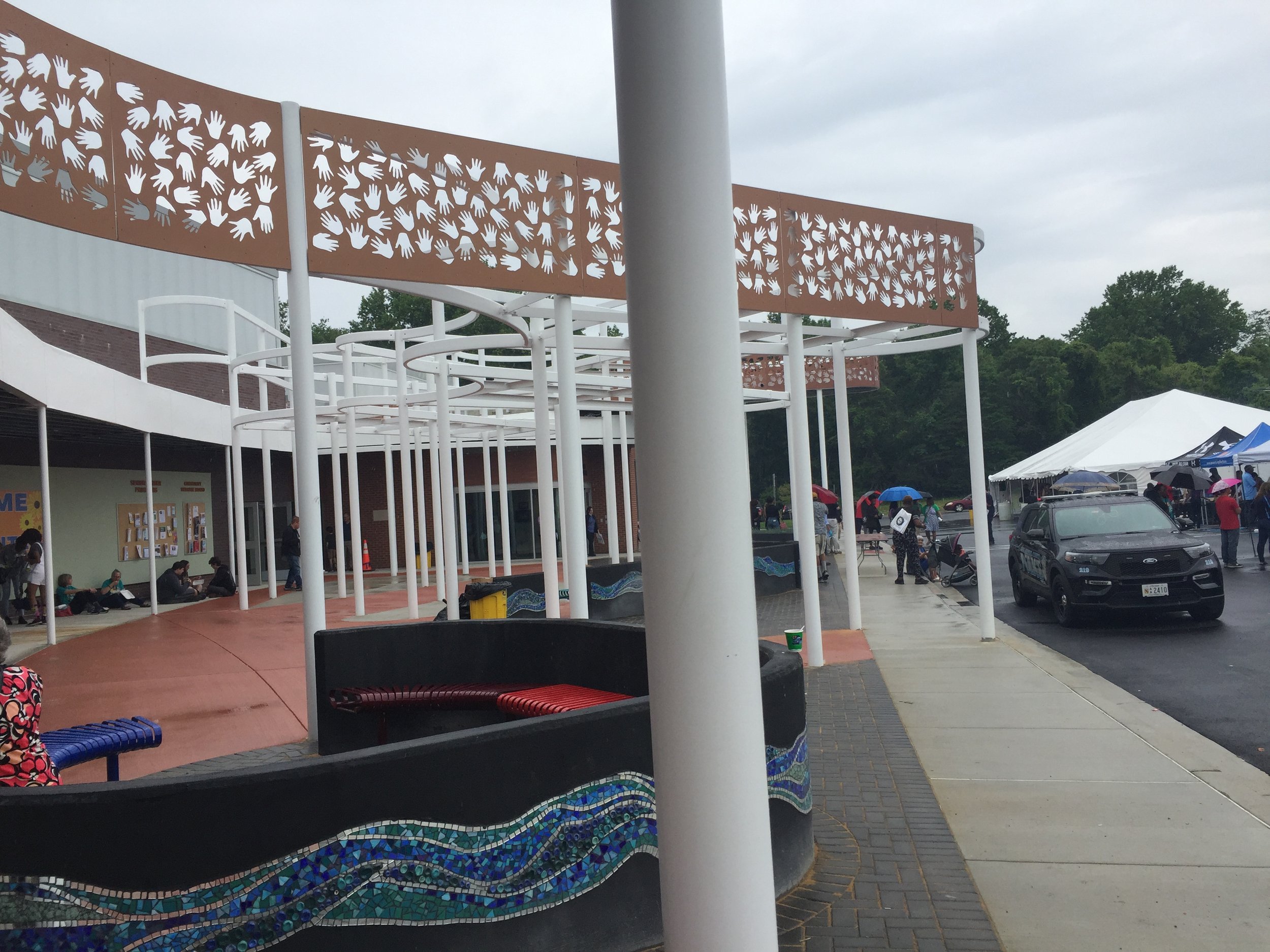
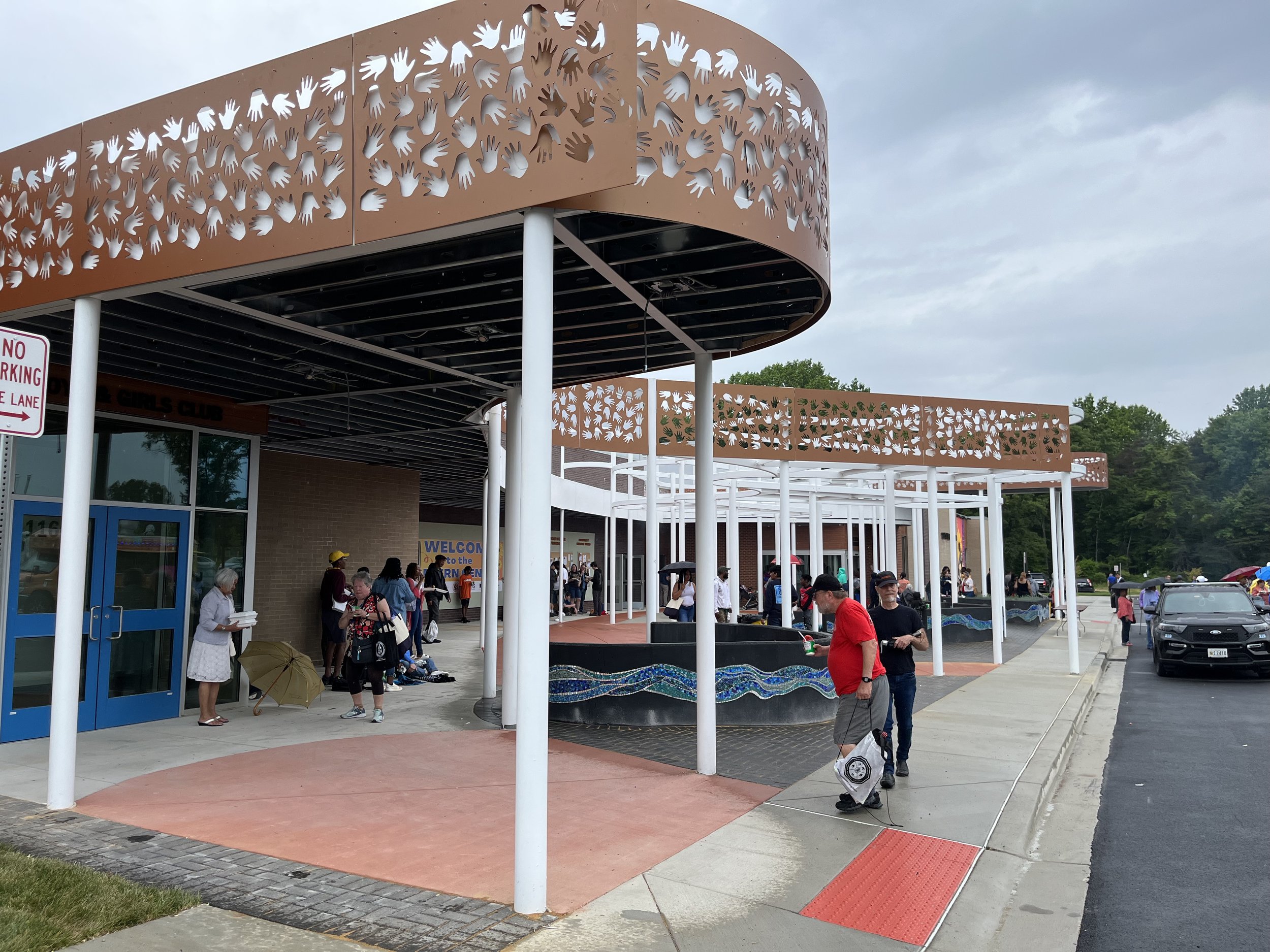
Redefining what’s possible
Projects such as the Severn Intergenerational Center in Anne Arundel County, Maryland, and the Seminary Ridge Museum in Gettysburg successfully have engaged large segments of the community. By understanding and respecting the history of these places, M&D has fostered connections that go beyond architectural significance, making a profound impact on communities.
M&D’s design philosophy of combining history and preservation with creativity has resulted in awe-inspiring projects that exceed expectations of function and leave a lasting impact. By preserving authenticity, understanding significance, and maintaining integrity, the firm has succeeded in creating engaging and inspiring environments.
M&D’s commitment to going beyond basic renovation and embracing the experiential and visual aspects of Architecture sets it apart as true architectural storytellers. Through their work, M&D continues to expand the boundaries of what is possible when it comes to blending history, preservation, and creativity in architectural design.
“With many of our projects, when our clients drive up to or walk through and experience it, when they look out from the projects we’ve worked on, they’re absolutely blown away,” Dittenhafer says. “They didn’t know what was possible.”
Severn Intergenerational Center rendering

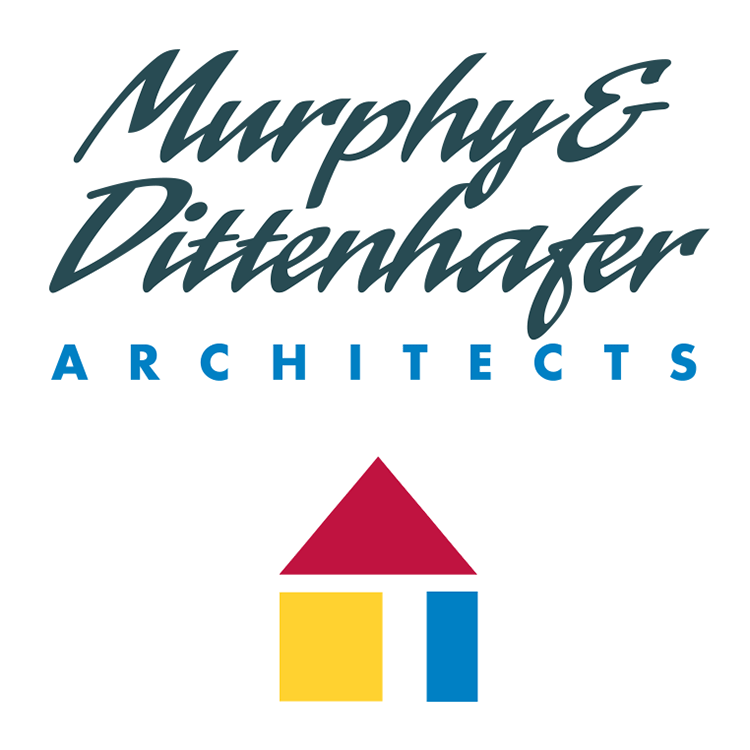

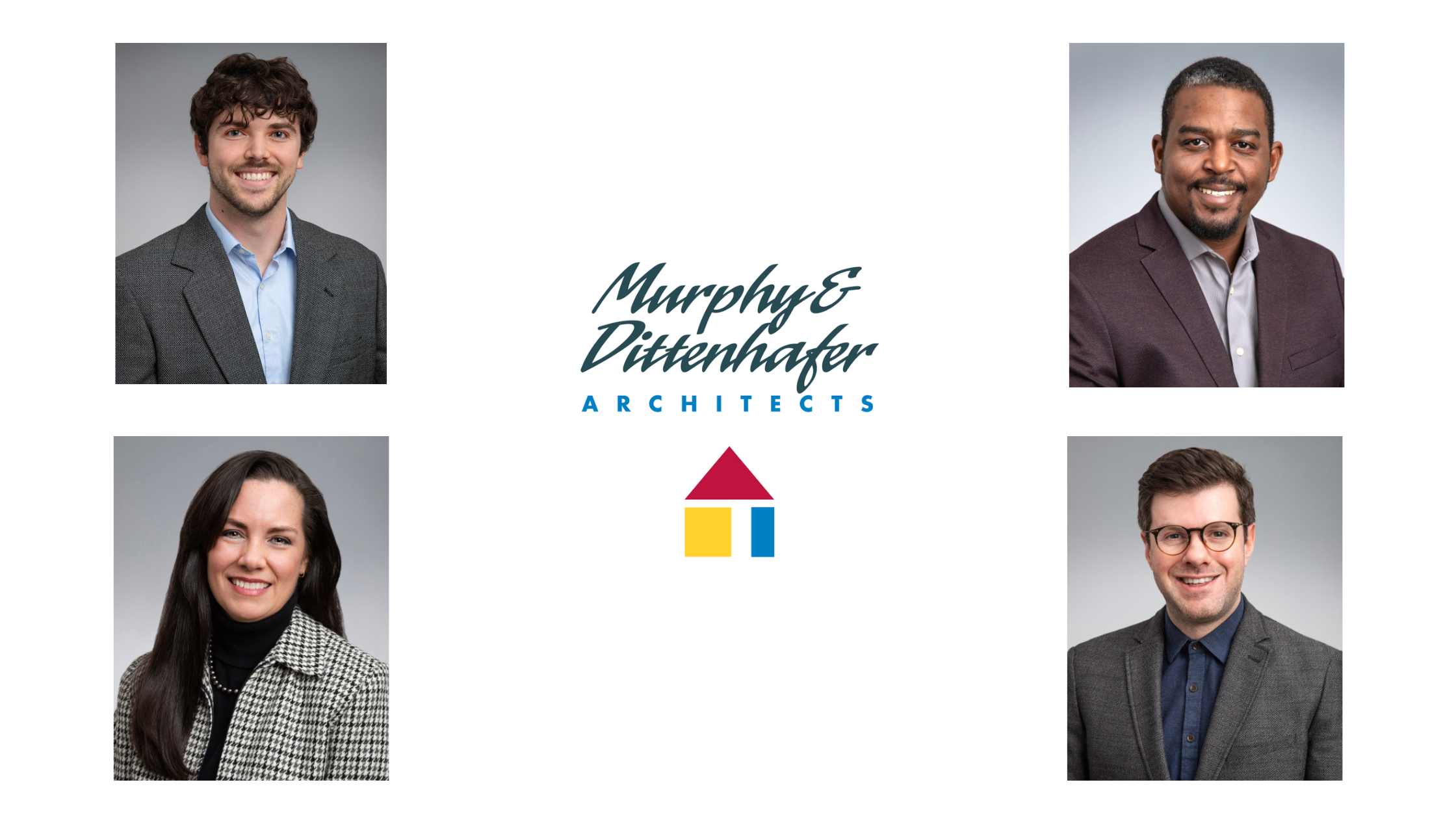





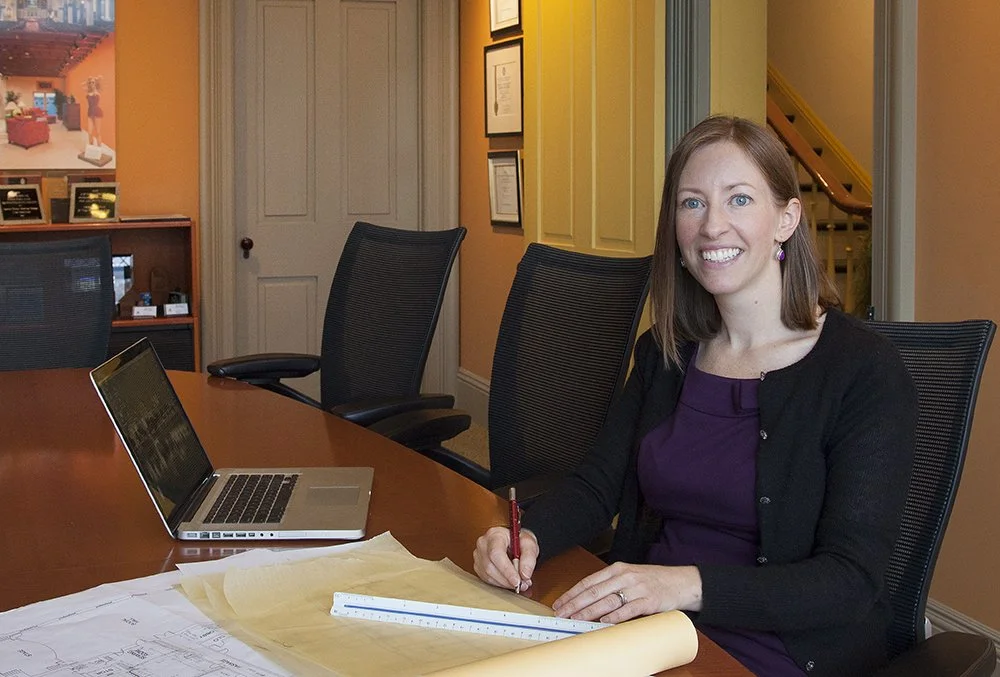


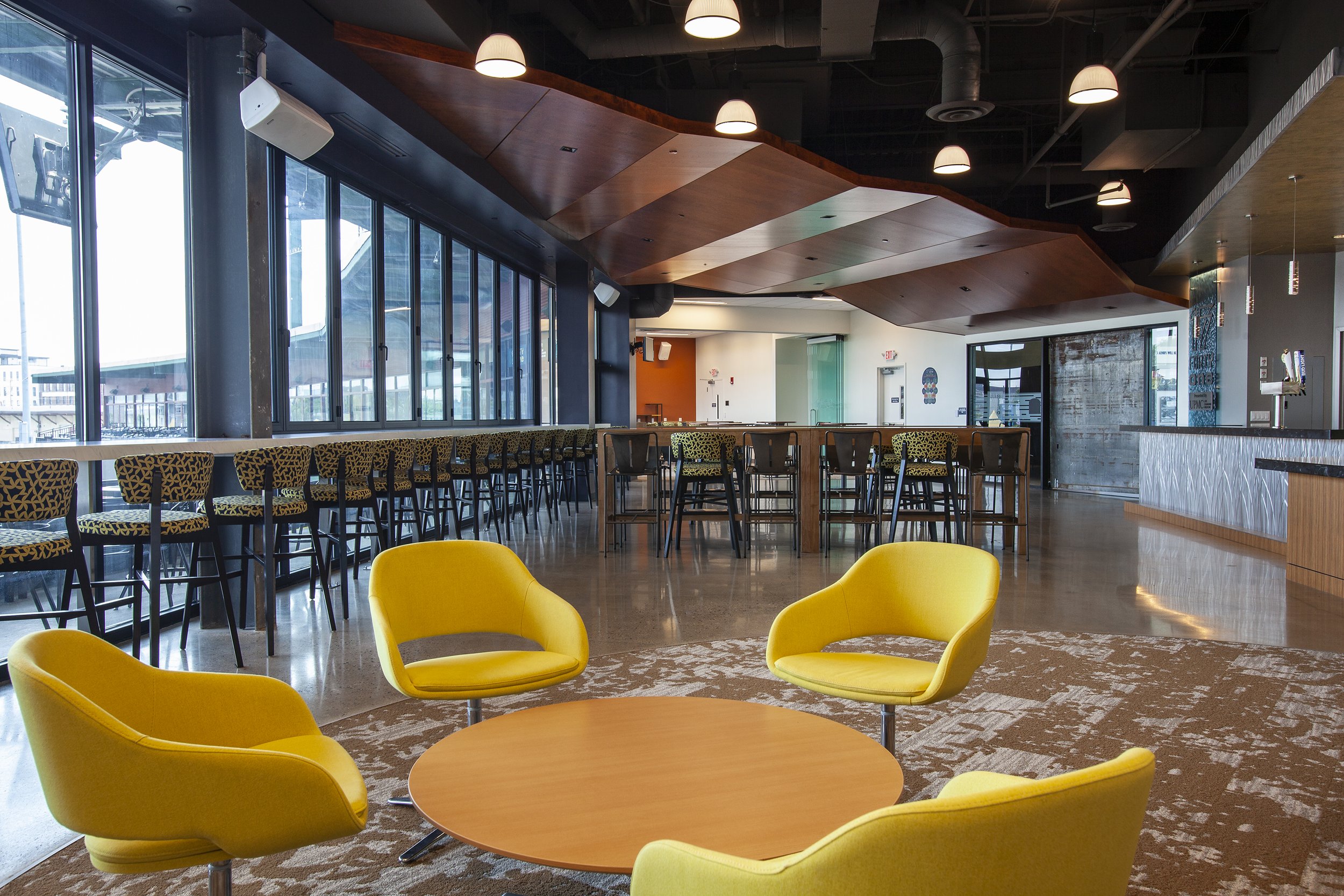




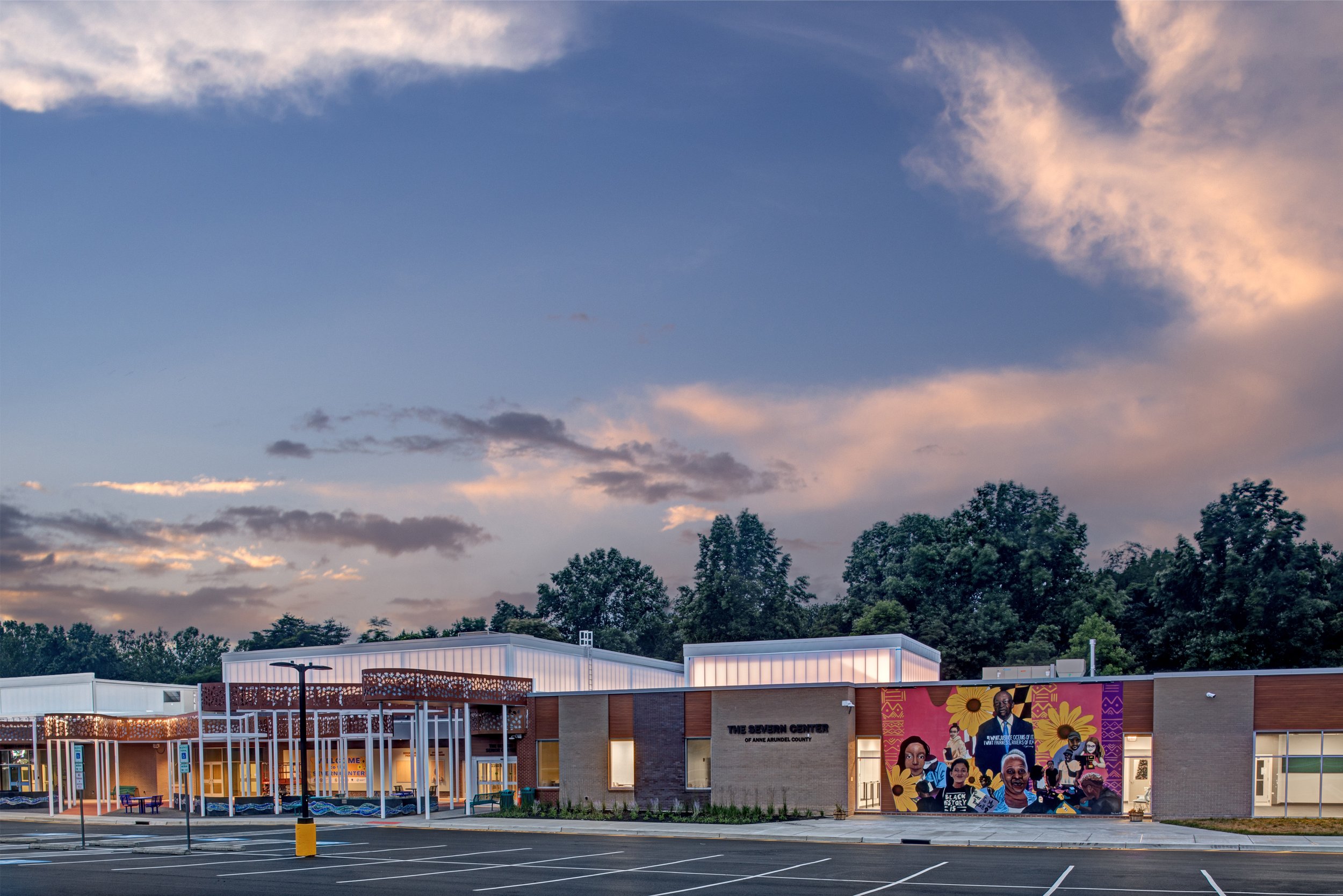


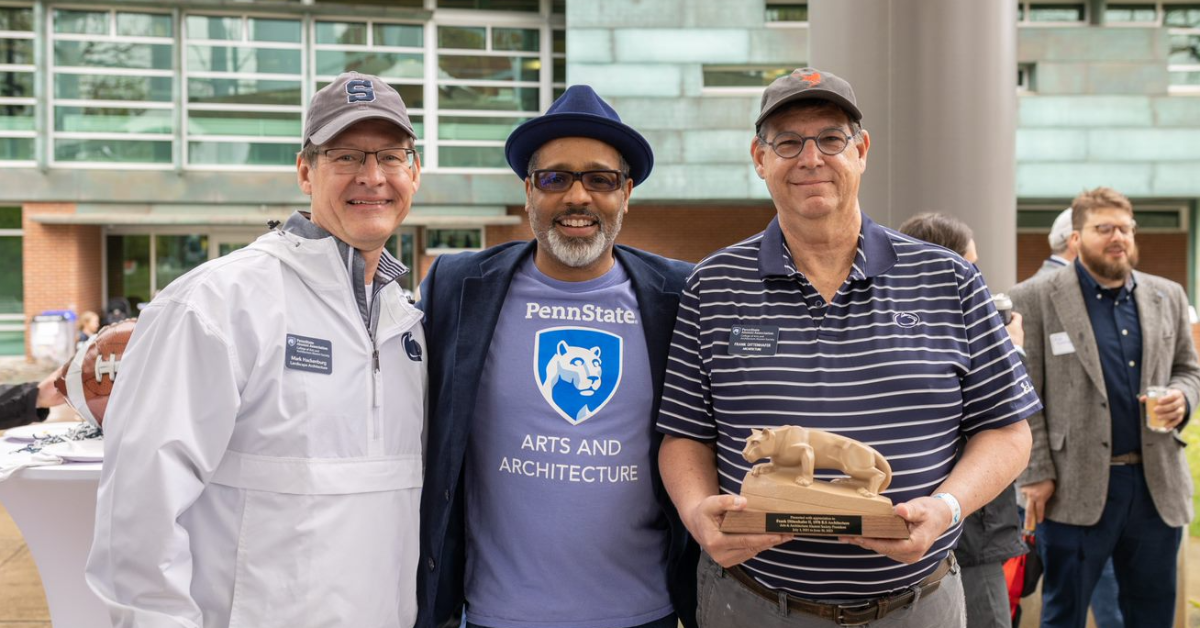
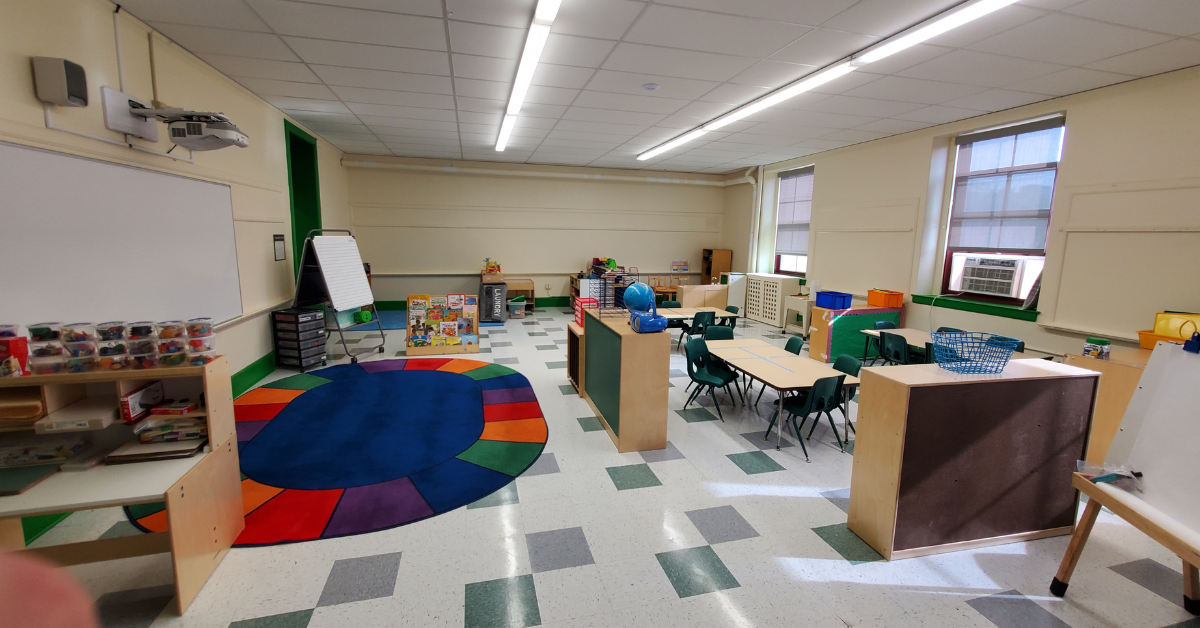
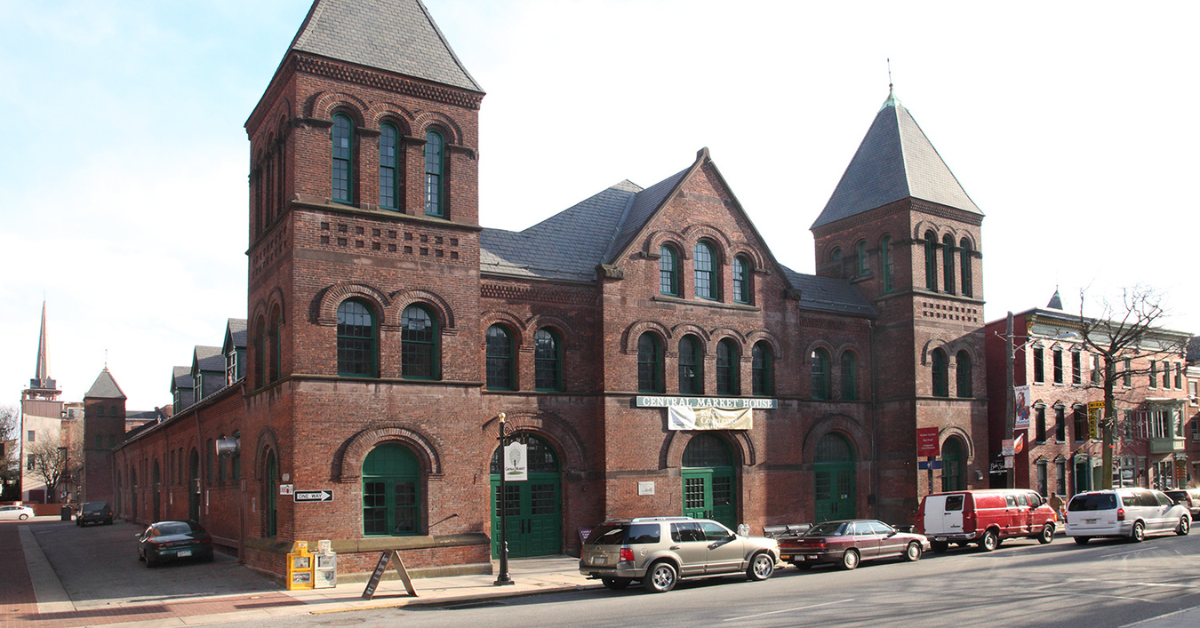








Harford Community College’s expanded new construction Chesapeake Welcome Center is a lesson in Architectural identity